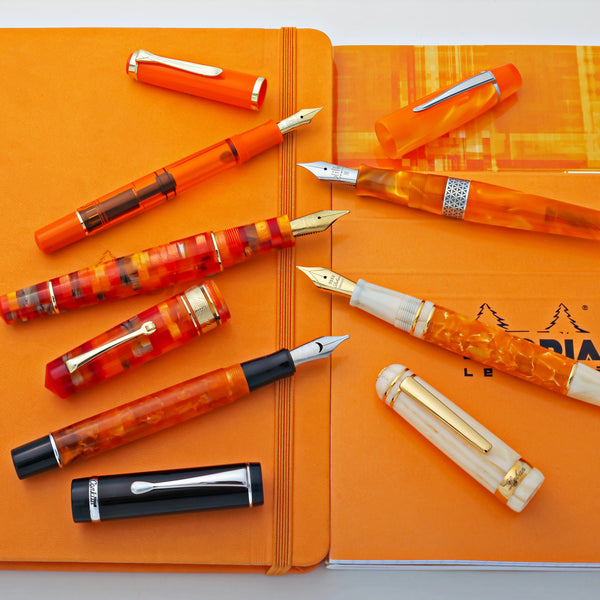Any writer can tell you, if you're journaling, sketching, or writing daily notes, choosing the right paper size can make all the difference in the world. But defining what the “right size” is? Well, that can be a little bit harder to answer. It all depends on your preference, writing style, and needs.
But finding the right paper size can make you feel a bit like Goldilocks. B6 might be too small. A4 might be too large. And A5? Well, that one is juuust right.
If all of this feels a bit like alphabet soup - keep reading. We have a comprehensive breakdown of the most common paper sizes, along with a few of our favorite picks to stock up on this year.
Pair your perfect paper size with one of our fountain pen journals for an experience that’s as smooth as your ink.



